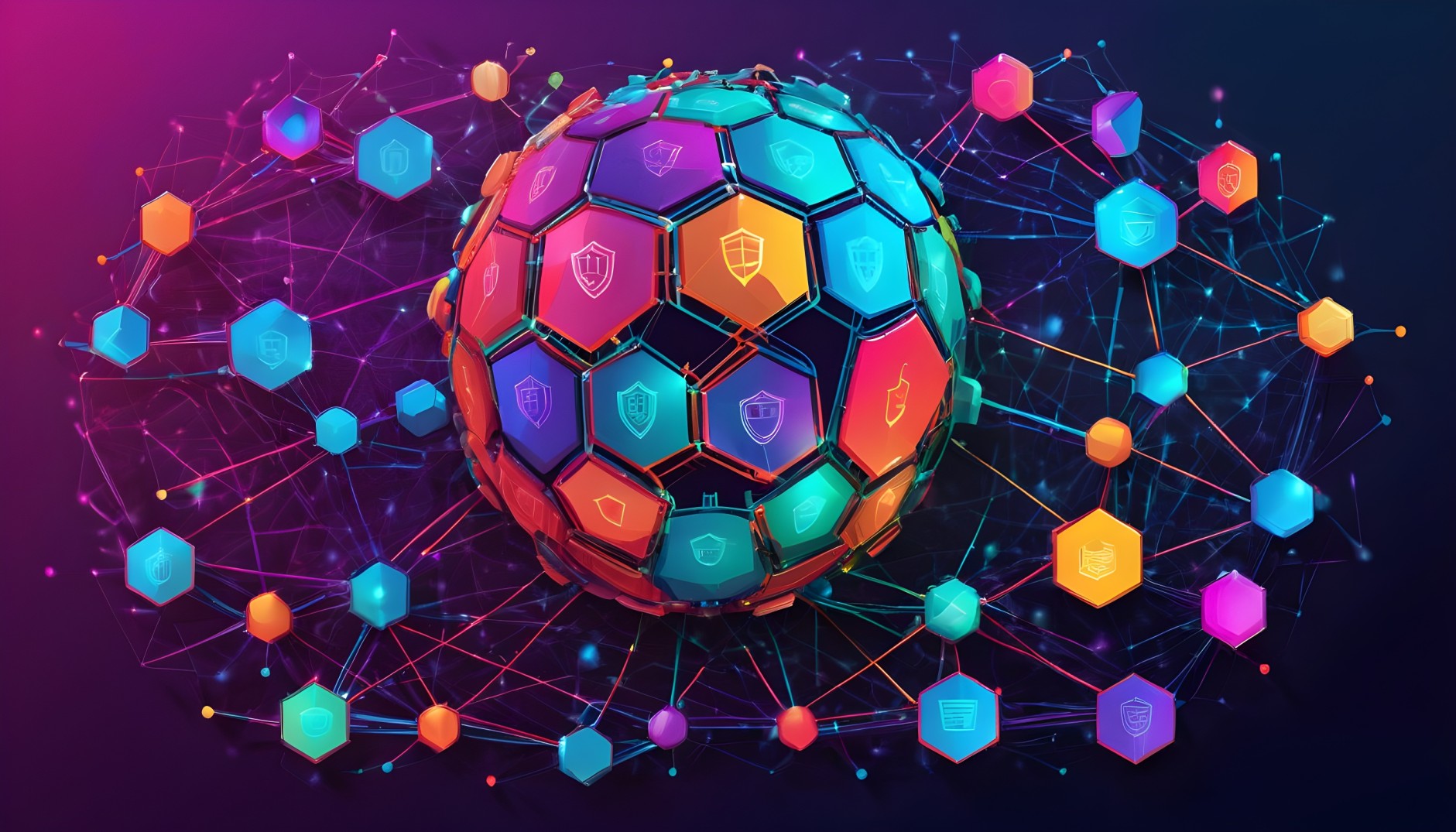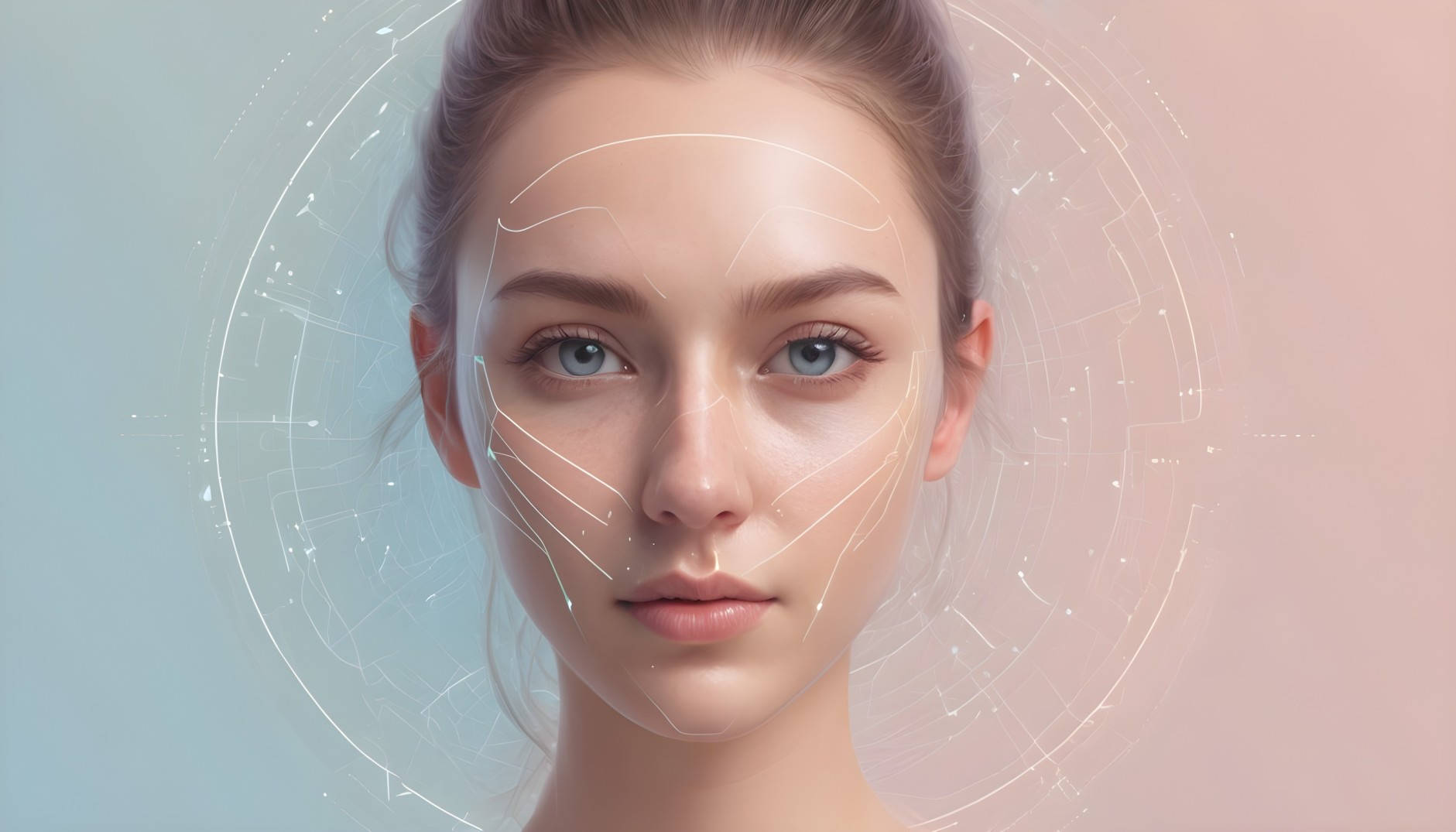At FacePlugin, we don’t just protect your face; we also defend your identity. Enter the world of face anti-spoofing, where the digital battlefield meets the front lines of biometric security.
Face anti-spoofing is the practice of differentiating real facial features from fraudulent attempts to trick facial recognition systems. In a world where identity theft and digital impersonation are prevalent, this technology serves as a steadfast protector of your privacy and security.
Consider this scenario: you’re utilizing facial recognition to unlock your phone, access your bank account, or enter a secure facility.
Consider someone attempting to circumvent these precautions using a simple snapshot or a lifelike mask. That’s where face anti-spoofing comes in, guaranteeing that only the genuine you receive access, thwarting any bad actors seeking to exploit weaknesses in the system.
However, the route to face anti-spoofing is not without its challenges. Spoofing attempts take many shapes, from static graphics and printed photos to complex 3D masks and deepfake films.
Each poses a distinct problem, necessitating novel techniques to distinguish between genuine facial traits and false reproductions. Furthermore, environmental elements like lighting, camera quality, and facial emotions complicate the endeavor.
Face anti-spoofing must negotiate these variables with precision and accuracy to ensure accurate authentication while reducing false positives. In a digital landscape rife with dangers to personal security, an anti-spoofing face stands out as a beacon of trust and trustworthiness.
At FacePlugin, we are dedicated to pioneering breakthroughs in this industry, allowing individuals and organizations to navigate the digital sphere with confidence, knowing that their identities are protected from the ever-changing terrain of digital impersonation.
In this article, we discussed 10 advanced layers of protection for face anti-spoofing used by FacePlugin:
1: Curating quality- Gathering and refining face data for face anti-spoofing
Acquiring high-quality face images
- Diverse source: we sourced a variety of channels, including social media and professional databases, to compile a diverse collection of face photos.
- Rigorous selection: each photograph is meticulously screened to ensure it satisfies our strict quality criteria, which include factors such as resolution, clarity, and diversity of facial expressions.
Preprocessing for improved quality
- Noise reduction: we use powerful algorithms to reduce undesirable artifacts and disturbances, resulting in clarity and precision in every pixel.
- Enhancement approaches: our preprocessing pipeline uses cutting-edge approaches to improve facial features, sharpen details, and overall image quality.
- Normalization: we standardize photos to reduce variances in illumination, angle, and facial position, resulting in robust and consistent performance across a variety of settings.
FacePlugin’s thorough approach to data collection and preprocessing ensures that every facial image used in our products is a true reflection of individual identity, allowing for dependable and accurate verification in the digital realm.

2: Deciphering identity- unveiling facial texture insights for face anti-spoofing
Advanced texture and pattern analysis
- Cutting-edge algorithms: FacePlugin uses cutting-edge algorithms to probe deep into facial textures and patterns, extracting complex features that the human eye cannot see.
- Multi-level analysis: our approach includes various layers of texture analysis, from fine-grained features to macroscopic patterns, allowing for a thorough examination of facial traits.
Distinguishing real from spoofed faces
- Texture cues: by studying minute differences in facial texture, our computers distinguish between genuine and faked faces, discovering anomalies that undermine the image’s validity.
- Robust authentication: by combining texture analysis with other biometric modalities such as depth information and motion cues, we strengthen our authentication systems against sophisticated spoofing attacks.
In the world of facial recognition, where the line between authenticity and deception can be razor thin, FacePlugin’s dedication to texture and pattern analysis serves as a beacon of trust, ensuring that only genuine identities are authenticated, protecting individuals and organizations from the dangers of digital impersonation.
3: Animating authenticity-unveiling facial dynamics for face anti-spoofing
Detecting facial movements
- Dynamic sensors: FacePlugin uses powerful sensors and cameras to capture real-time facial movements with precision and accuracy, including nuances that reveal the user’s authenticity.
- Face landmark trading: our algorithms rigorously monitor changes in location, shape, and orientation to determine the validity of face movements.
Analyzing motion-pattern
- Life-like dynamics: by analyzing motion patterns, we may distinguish between real, lifelike movements and fake, planned actions, as well as pick up on minute indications that suggest a genuine human connection.
- Behavioral biometrics: by incorporating insights from behavioral biometrics such as gait analysis and typing dynamics, we improve our motion analysis and provide robust authentication against spoofing efforts.
In a digital landscape where identity authenticity is important, FacePlugin’s motion analysis technology demonstrates our dedication to innovation and security.
By unlocking the delicate dynamics of facial motions, we let individuals and businesses navigate the digital domain with confidence, knowing that their identities are safe from impersonation and fraud.
4: Unveiling Depth of face anti-spoofing- Elevating Facial Recognition with 3D Insights
Harnessing depth information
- Depth sensing technologies: At FacePlugin, we use cutting-edge depth sensing technologies like structure light sensing and time-of-flight cameras to record the 3-dimensional structure of face features.
- Enhanced perception: By adding depth information into our face recognition system, we may overcome the constraints of traditional 2D representations, revealing a new level of authenticity and security.
Applying depth analysis techniques
- Depth map analysis: Our algorithm examines depth maps produced by depth-sensing technologies, identifying spatial linkages and surface contours to distinguish between true 3D structures and flat 2D representations.
- Structured light sensing: using structured light patterns projected onto the face, we obtain exact depth information, allowing for accurate reconstruction of facial geometry and deduction of depth inconsistencies indicative of spoofing attempts.
In the world of biometric security, where the stakes are high and the hazards are constant, the face plugin’s use of 3D depth perception technology marks a paradigm change in authentication.
By unlocking the spatial dimension of face recognition, we enable individuals and businesses to confidently navigate the digital landscape, ensuring that their identities are protected against sophisticated spoofing attacks.
5: Unveiling hidden truths of face anti-spoofing-revealing facial authenticity with multispectral imaging
Capturing with multispectral magic
- Diverse wavelengths: The face plugin’s multispectral imaging technology captures facial images using wavelengths beyond the visible spectrum, such as infrared and ultraviolet, revealing features that conventional camera may miss.
- Material discrimination: by examining how different materials reflect and absorb light across various spectral bands, our system can distinguish between genuine face characteristics and spoofing material like masks or printed representations.
Deciphering reflectance patterns
- Spectral analysis: our algorithms rigorously evaluate reflectance patterns across many spectral bands to uncover unique signals that distinguish genuine face tissues from synthetic or non-living materials.
- Dynamic adaptation: FacePlugin’s multispectral photography adapts dynamically to changing environmental conditions, ensuring consistent performance in a variety of settings while mitigating the impact of elements such as illumination fluctuation or surface textures.
In the ever-changing biometric security market, FacePlugin’s use of multispectral imagery ushered in a new era of authenticity verification.
By looking beyond the visible spectrum, we discover hidden realities, strengthen our authentication systems against spoofing assaults, and enable individuals and businesses to navigate the digital world with confidence and peace of mind.
6: Evolving authenticity- ensuring temporal consistency in facial recognition for face anti-spoofing
Evaluating facial dynamics
- Continuous monitoring: FacePlugin continuously monitors face traits, detecting tiny changes in expressions, gestures, and other characteristics throughout time.
- Anomaly detection: by comparing current facial data to previous records, our system detects anomalies or inconsistencies that could suggest fraudulent activity or unauthorized access.
Tracking facial evaluation
- Long-term analysis: we use long-term analytic tools to follow the evolution of facial features, guaranteeing that authentication stays accurate and consistent even as people age or change.
- Behavioral biometrics integration: FacePlugin uses insights from behavioral biometrics, such as habitual facial expressions or movement patterns, to improve temporal consistency assessments.
In the realm of biometric security, where identity verification is critical, FacePlugin’s commitment to temporal consistency ensures that authentication remains robust and reliable, giving individuals and organizations peace of mind that their identities are protected from the passage of time and the threat of fraudulent activity.

7: Unlocking insights- enhancing spoofing detection with contextual information for face anti-spoofing
Integrating environmental cues:
- Environmental sensors: FacePlugin uses environmental sensors to collect contextual data such as lighting, ambient temperature, and background noise.
- Contextual analysis: our technology examines contextual signals in conjunction with facial data to identify patterns and anomalies that could suggest spoofing efforts.
Leveraging user behavior
- Behavioral biometrics: our authentication procedure takes into account user behavior, such as interaction patterns and device usage habits.
- Dynamic adaptation: FacePlugin reacts dynamically to use activity, continuously refining its algorithms to improve accuracy and eliminate false positives.
In the ever-evolving environment of biometric security, FacePlugin’s integration of contextual information marks a paradigm shift in spoofing deduction.
By capturing information from the surrounding environment and user behavior, we fortify our authentication systems against sophisticated threats, allowing individuals and organizations to navigate the digital world with confidence and peace of mind.
8: Empowering authentication- harnessing machine learning models for face anti-spoofing
Training on diverse datasets
- Genuine and spoofed photos: FacePlugin trains deep learning models on a large dataset of genuine facial photos and spoofing attempts.
- Diversity and complexity: our data set includes a variety of scenarios, lighting settings, and spoofing tactics to enable accurate model training.
Utilizing convolutional and recurrent networks
- Convolutional neural networks (CNNs): We use convolutional neural networks (CNNs) to extract characteristics from facial photos, allowing the model to develop discriminative representations for authentications.
- Recurrent neural networks (RNNs): FacePlugin uses recurrent neural networks (RNNs) to capture temporal relationships in facial data, which improves the model’s capacity to detect dynamic spoofing over time.
FacePlugin increases its authentication mechanisms by leveraging machine learning, notably CNNs, and RNNs, which allows for precise classification of genuine and spoofed faces.
This technique enables individuals and companies to reliably secure their digital identities in a constantly changing landscape of biometric security risks.
9: Strength in unity- enhancing face anti-spoofing performance with ensemble learning
Combining base classifiers
- Diverse perspectives: FacePlugin combines predictions from numerous base classifiers, each trained on a different collection of data or using different algorithms.
- Aggregate consensus: by combining predictions our ensemble model benefits from a variety of viewpoints, lowering the danger of overfitting and enhancing overall accuracy.
Employing ensemble techniques
- Bagging: we use bagging techniques to train multiple base classifiers separately on bootstrap samples of the dataset, lowering variance and improving consistency.
- Boosting: FacePlugin uses boosting methods to sequentially train base classifiers, focusing on cases where prior classifiers made mistakes and therefore improve performance iteratively.
- Stacking: our ensemble model uses stacking to combine predictions from many base classifiers via a meta-learner that learns to best weight their contributions.
FacePlugin improves the efficacy of its authentication systems by employing ensemble learning techniques such as bagging, boosting, and stacking, which ensure robust and reliable detection of genuine faces while efficiently limiting the risks post by complex spoofing attempts.
10: Staying one step ahead-continuous adaptation and updating of face anti-spoofing
Dynamic adaptation mechanisms
- Real-time monitoring: FacePlugin uses real time monitoring systems to detect new spoofing tactics and adjust its algorithms accordingly.
- Algorithmic agility: our systems have the ability to modify parameters and update models dynamically in response to changing threats.
Regular system updates
- New data integration: we are constantly enriching our dataset with new samples of authentic and faked faces, ensuring that our models remain current and representative of real-world scenarios.
- Model refinement: FacePlugin’s machine learning models are continually updated with the most recent breakthroughs in algorithms and methodologies, improving the system’s capacity to recognize and fight spoofing efforts efficiently.
FacePlugin maintains its leadership in biometric security by taking a proactive approach to continual adaptation and updating, helping individuals and businesses to face growing threats with confidence and resilience.
Conclusion: elevating face anti-spoofing-a comprehensive approach for FacePlugin
FacePlugin is at the forefront of face recognition technology, including advanced layers of protection against spoofing efforts.
Our face anti-spoofing mechanisms achieve unprecedented security and reliability by combining texture analysis, motion dynamics detection, depth perception, multispectral imaging, temporal consistency evaluation, contextual information fusion, machine learning models, and ensemble learning techniques.
This comprehensive strategy strengthens biometric authentication systems against emerging threats, protects sensitive data, and maintains user trust and confidence.
FacePlugin represents the future of facial security. Protect your identity with confidence.


